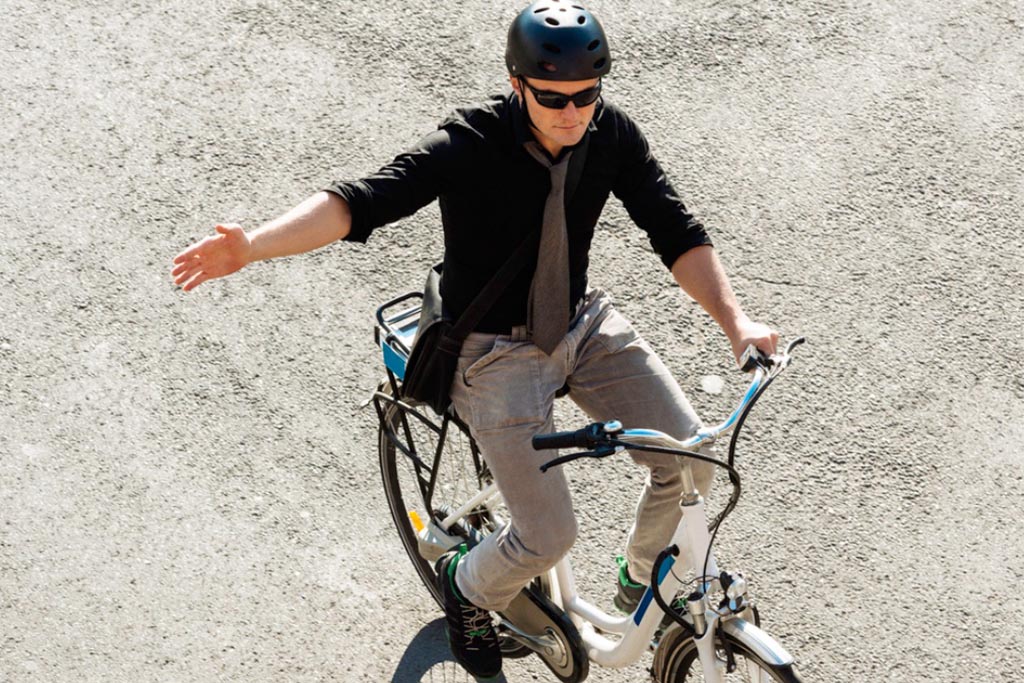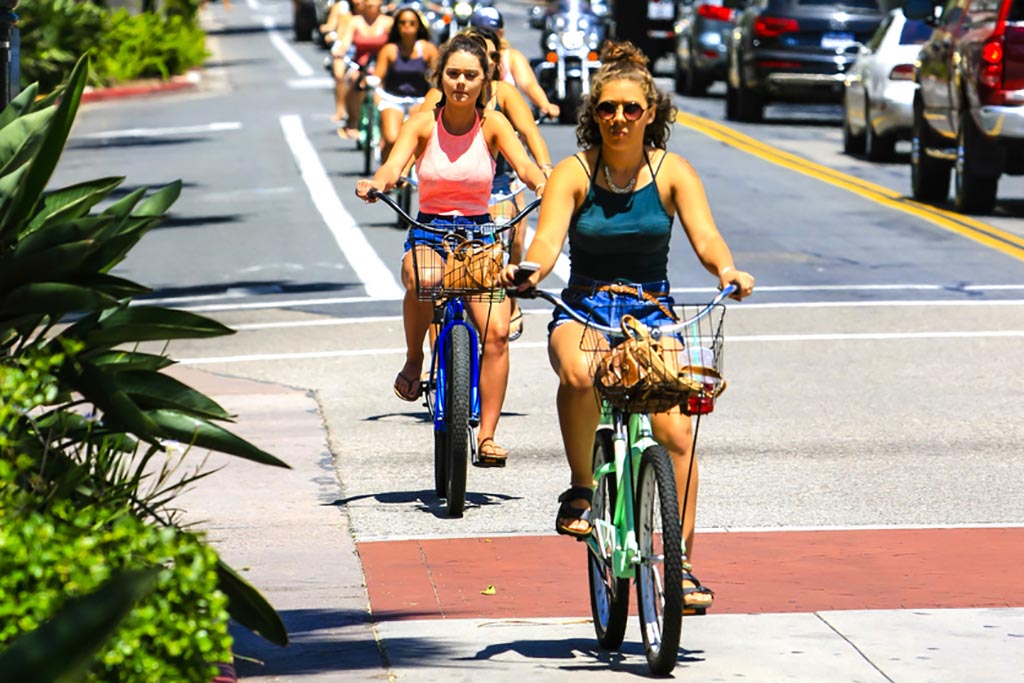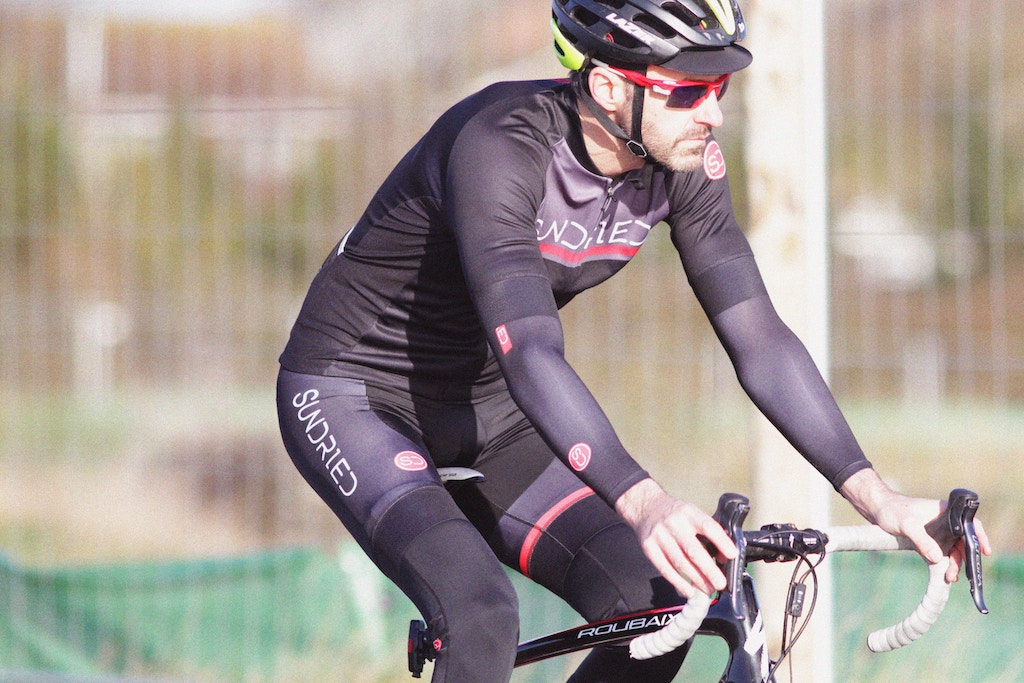Cycling Safety Laws
While many state governments have taken steps to create laws specifically to keep cyclists safe, thanks to some very careful wording, you will find that laws can still find a way to wedge cyclists in if they should happen to do something wrong.
Turning Laws
A prime case of this is when it comes to illegal turns. The law states that a turn becomes illegal when a vehicle does so without reasonable safety. Due to the specific mention of a vehicle and not a motor vehicle, this means it is for cyclists too. Furthermore, the law covers the act of changing lanes as well as turning.
Cycling Law
The real issue with this law is that turning left on a bicycle can be notoriously difficult. The cyclist can sit uncomfortably in the left turn lane with the cars waiting to turn left or they can walk their bicycle across the crosswalks as a pedestrian in a longer, but much safer feeling maneuver.
However, where law enforcement can punish cyclist unnecessarily is for a lack of signaling. The law states that you need to signal at least 100 feet prior to the turn, and obviously for the cyclist using hand signals, that might not be very feasible. However, because that is specifically the law, this is how turning on a bicycle can quickly become an illegal act.
Accidents
Unfortunately, with all the effort that has been put into other cycling safety laws, the matter of turns is still widely neglected. Even worse, a majority of cycling accidents happen in a turning situation even when the cyclist is actively signaling. Most drivers don’t know how to handle the situation and they often end up making poor decisions. However, if you have been injured in a cycling accident, contact us today. The Law Office of Gary Brustin is dedicated to making sure injured cyclists get the compensation they deserve.





